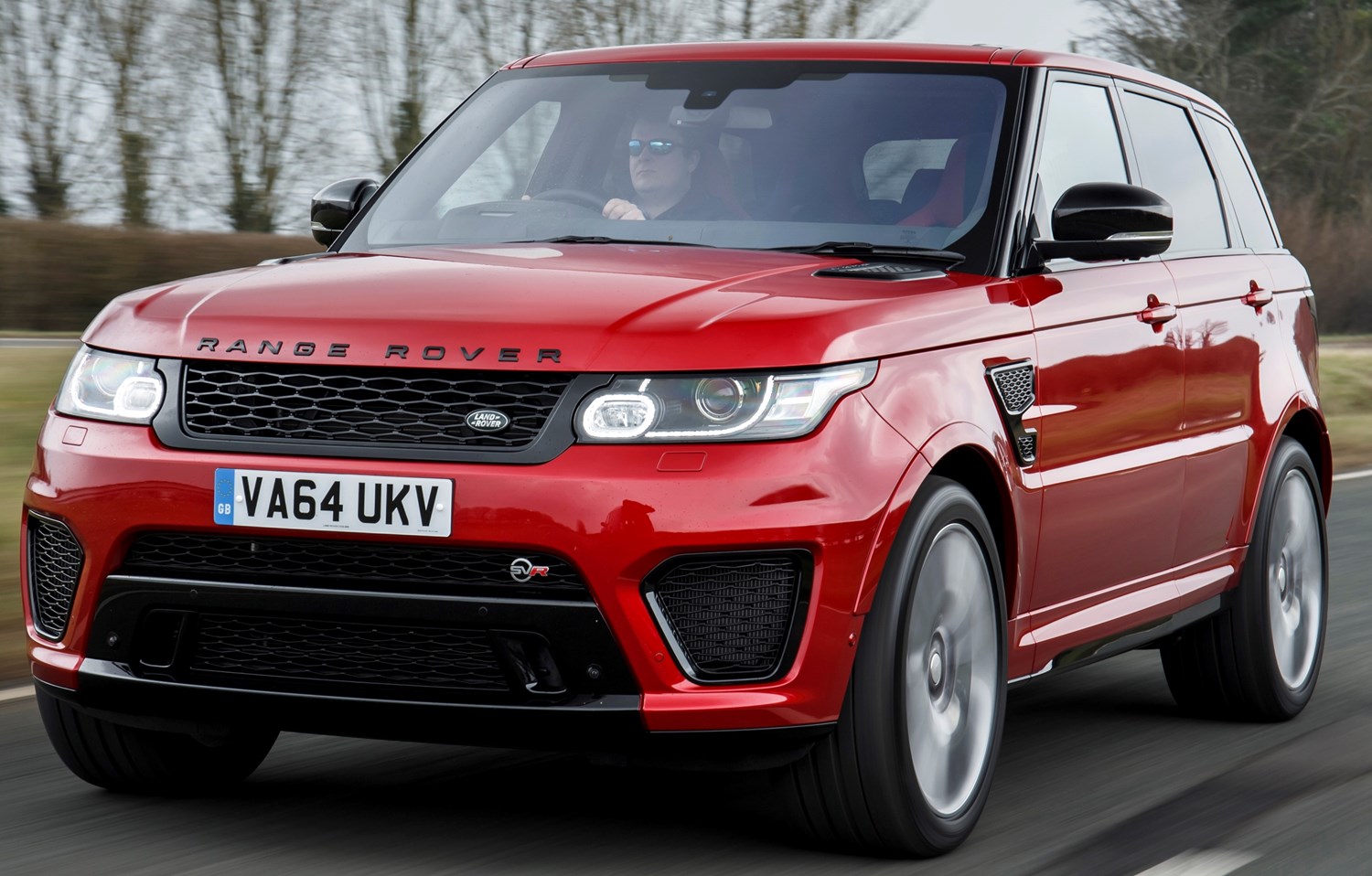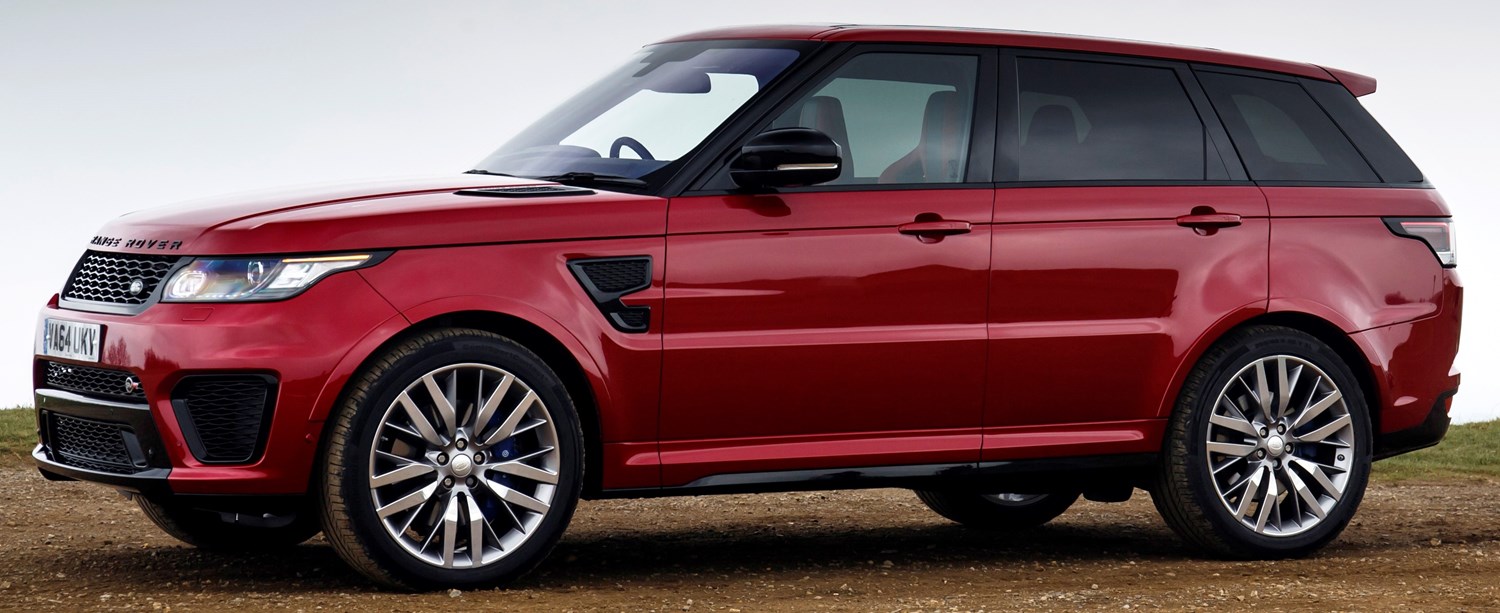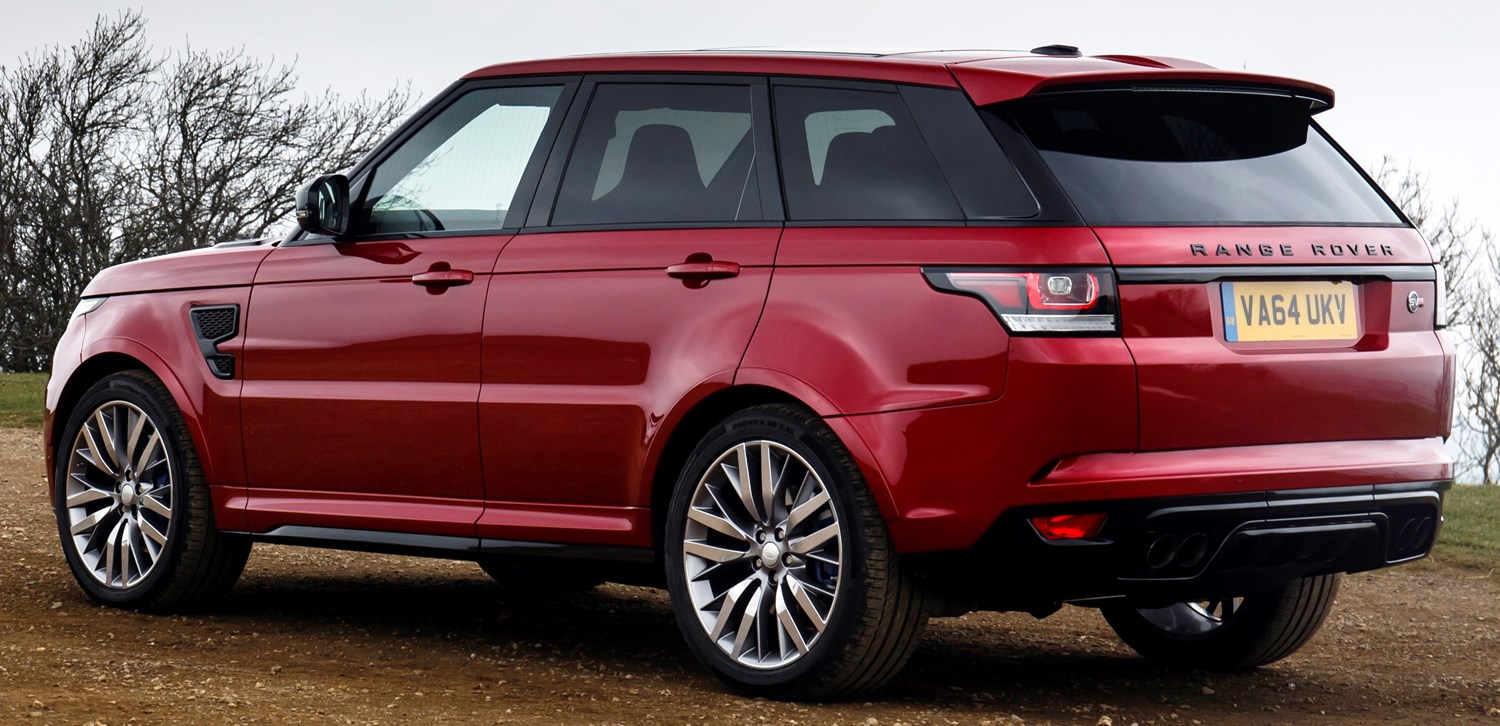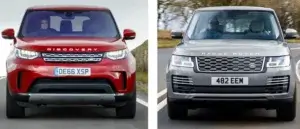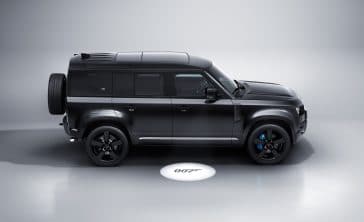Space and practicality
There’s no way around it really, the Range Rover Sport is a big car. Climbing into the cabin does require a bit of effort, although its air suspension can lower the ride height by 50mm to help make getting in slightly easier.
Headroom is abundant throughout the cabin, as is legroom. Passengers in the middle row will find the seats supportive and comfortable over longer journeys, although the same can’t necessarily be said of the middle seat. Those customers who specify the optional third row of seats will find them ideal for transporting children on the school run, although they aren’t exactly ideal over long journeys.
As far as boot space goes, the Range Rover Sport offers a considerable 784 litres worth of storage space in five-seat guise, although this drops by a significant amount if the optional third-row seats are specified. With the middle row of seats folded flat, boot space is extended to 1,761 litres.
Engines
The Range Rover Sport is available with a total of seven different engine configurations, with three diesel options, three petrol options and a hybrid.
As far as diesel engines go, the entry-level offering is a 2.0-litre, four-cylinder unit that produces 237bhp and a combined fuel economy figure of 45.6mpg, while CO2 emissions stand at 164g/km.
Next is the 3.0-litre V6 diesel, which is the engine to go for in the range. This develops 302bhp, while managing fuel consumption figures of 40.4mpg and CO2 emissions of 185g/km. This engine is also available as a hybrid, which improves fuel economy to 45.6mpg, while CO2 emissions drop to 164g/km.
Crowning the diesel line-up is a 4.4-litre V8. This produces 334bhp, while fuel consumption drops to 33.6mpg. CO2 emissions rise to 219g/km.
The entry-level petrol engine is a supercharged 3.0-litre V6 that develops 335bhp. Fuel consumption isn’t as impressive as its diesel stablemates, standing at 26.9mpg. As far as emissions go, it produces 243 grams of CO2 per kilometre.
Crowning the Range Rover Sport petrol engine line-up is the supercharged 5.0-litre V8. This produces 503bhp in standard guise, and 543bhp in the SVR model. This is obviously the least-economical engine in the range, with the SVR variant managing just 21.7mpg and CO2 emissions of 298g/km.
Running costs
Regardless of the engine you choose, the Range Rover Sport isn’t exactly going to be a cheap car to run – thanks in large part to its rather gigantic size. Due to the rather wide range of engines, as well as the availability of the high-performance SVR model, running costs will vary considerably.
Those after out-and-out fuel economy will likely find the entry-level four-cylinder diesel engine the most attractive option. While it achieves the same 45.6mpg fuel economy figure as the V6 hybrid, it is £15,500 cheaper to buy, which makes the marginal gains in fuel economy difficult to justify.
At the other end of the scale is the blistering Range Rover Sport SVR. This will cost a considerable amount of money to keep topped up with fuel, considering the fact that Land Rover claims it can only manage a combined fuel economy figure of 21.7mpg.
Because of their high CO2 emissions, the Range Rover Sport line-up is also going to be expensive in terms of VED. At present, the popular 3.0-litre V6 diesel model costs £355 in tax for the first year of ownership, and £230 each subsequent year.
From April 1 2017, this will change to £800 for the first year, and £140 each subsequent year. As this model costs more than £40,000 to buy, it will also be liable for an additional £310 annual supplement fo the first five years of ownership.
